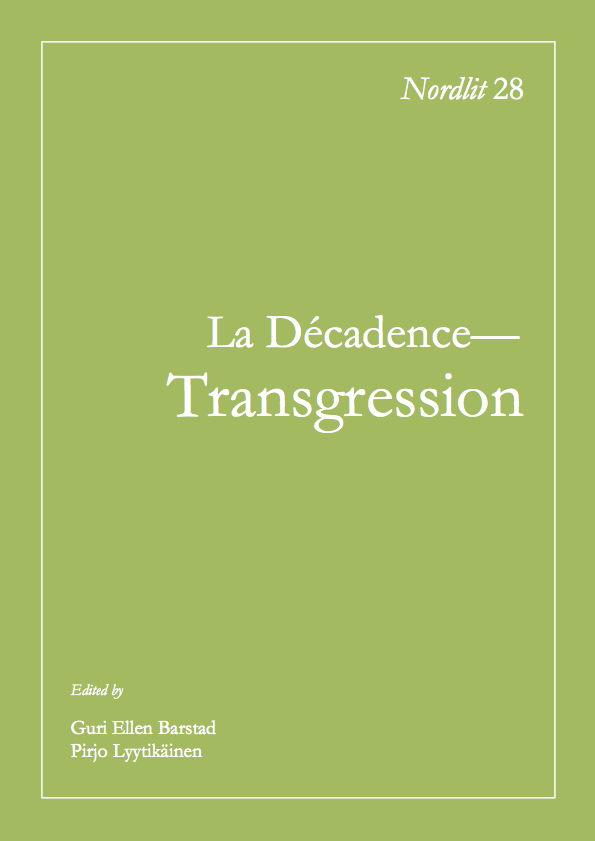Michael Field’s “A Dance of Death”
DOI:
https://doi.org/10.7557/13.2050Keywords:
Michael Field, aestheticism, decadence, poetry, SalomeAbstract
The 1912 poem "A Dance of Death" by Michael Field (pen name of Katherine Bradley and her niece Edith Cooper) depicts Salome in an alternate version of the biblical story: this Salome dances on a frozen river, falls through the ice, and is decapitated on a jagged edge. Nonetheless, her beautiful head continues dancing over the frozen river. This poem is highly unusual, especially in the context of the other poems in the postconversion volume Poems of Adoration, because it questions, rather than submits to, authority. In re-writing a familiar Christian tale, as well as a familiar decadent theme, Field uses the poem to assert the supremacy of their artistic vision, which (despite their ardent Catholicism) cannot be subject to any law outside themselves. Like the continually dancing head of Salome, which continues to create beauty even after nature (and perhaps God) has struck it down, the poet is subjugate only to her own law and creates without boundaries or restrictions on her art. Bradley and Cooper were acutely aware of their authorial persona (actively taking not only a masculine but also a singular poetic identity), and their mode of reconciling the apparent contradictions of this identity are mirrored in their presentation of Salome in a "Dance of Death."Downloads
Published
2012-03-26
How to Cite
Richardson, LeeAnne. 2012. “Michael Field’s ‘A Dance of Death’”. Nordlit, no. 28 (March):71-78. https://doi.org/10.7557/13.2050.
Issue
Section
Articles









